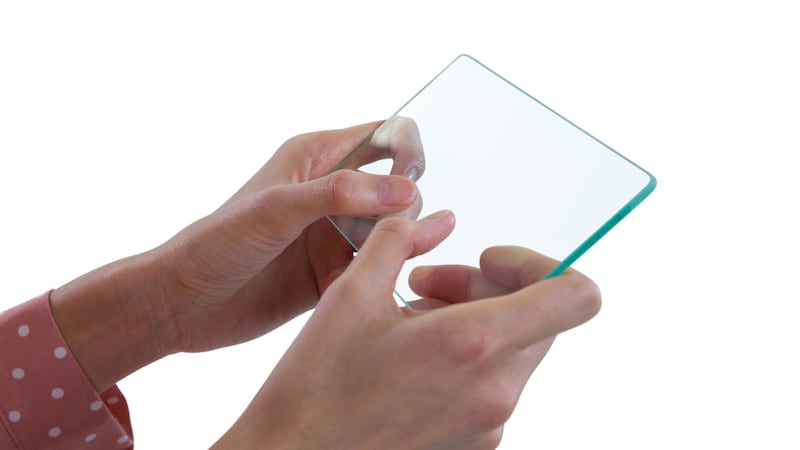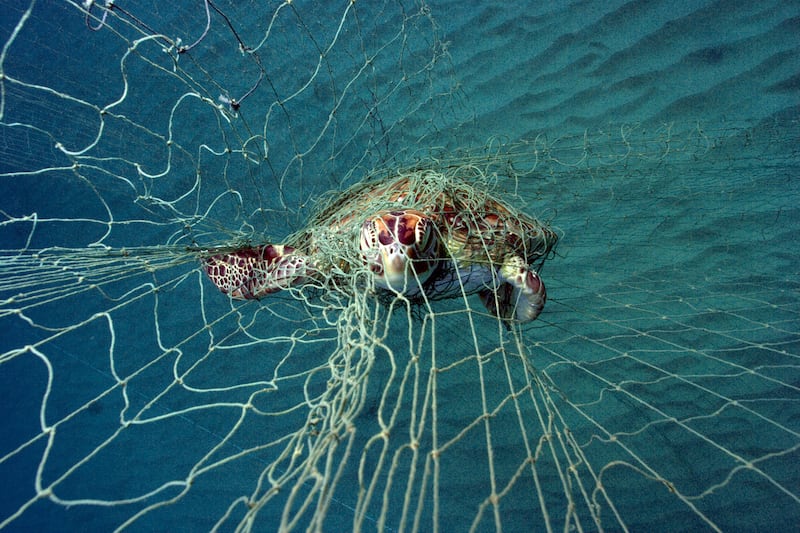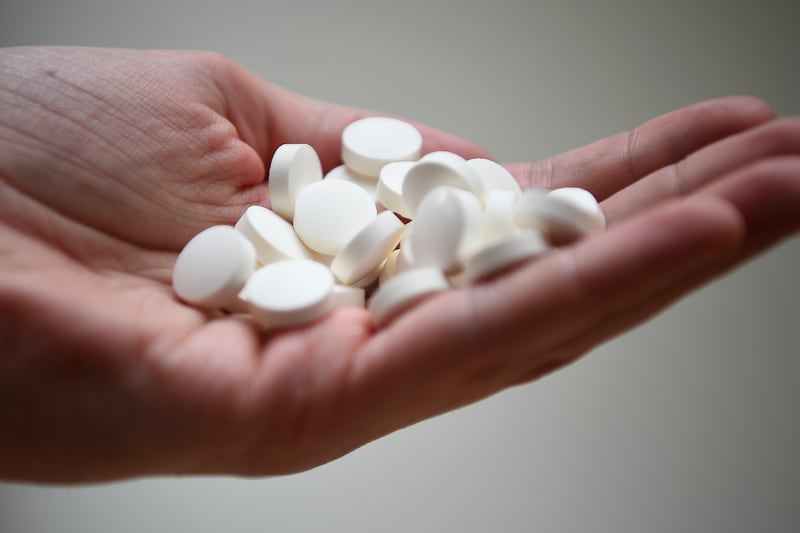Smartphone screen glare could become a thing of the past, if new technology developed by scientists at the US Department of Energy finds a commercial partner.
The researchers from the Center for Functional Nanomaterials (CFN) at Brookhaven National Laboratory said they have found a way to make glass virtually invisible by etching nanoscale cones on it.
Reflections occur when light abruptly hitting a surface causes a change in the refractive index, resulting in the bending of light as it passes from one medium to another, such as from air to water or from air to glass.
By coating the glass surface with nanoscale structures, the scientists said they were able to make the refractive index change more gradually.
They used an approach called self-assembly, which relied on the ability of the material to spontaneously form ordered arrangements on their own.
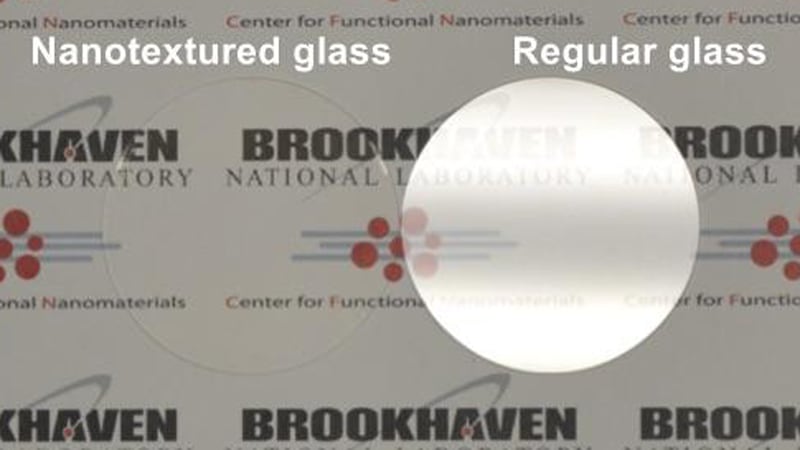
In this case, scientists used a copolymer substance – found in many products including shoe soles, adhesive tapes and vehicle interiors – as a “forest of nanoscale cone-shaped structures with sharp tips”.
The scientists said this geometric pattern “almost completely eliminates the surface reflections”, making the glass appear almost invisible.
Andreas Liapis, formerly based at CFN, who now works as a research fellow at Massachusetts General Hospital, said: “We have eliminated reflections from glass windows not by coating the glass with layers of different materials but by changing the geometry of the surface at the nanoscale.
“Because our final structure is composed entirely of glass, it is more durable than conventional anti-reflective coatings.”
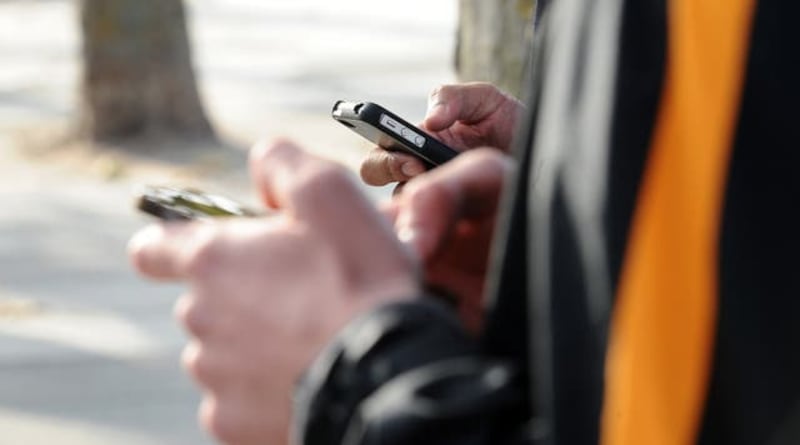
Co-author Atikur Rahman, also formerly based at CFN, who now works as an assistant professor at the Indian Institute of Science Education and Research in Pune, said: “This simple technique can be used to nanotexture almost any material with precise control over the size and shape of the nanostructures.
“The best thing is that you don’t need a separate coating layer to reduce glare, and the nanotextured surfaces outperform any coating material available today.”
As well as smartphones and other electronic devices, the researchers believe the technology could also make solar cells more efficient.
They are looking to commercialise their technology, with CFN director Charles Black saying: “We’d love to find a partner to help advance these remarkable materials toward technology.”
The research is published in the journal Applied Physics Letters.
